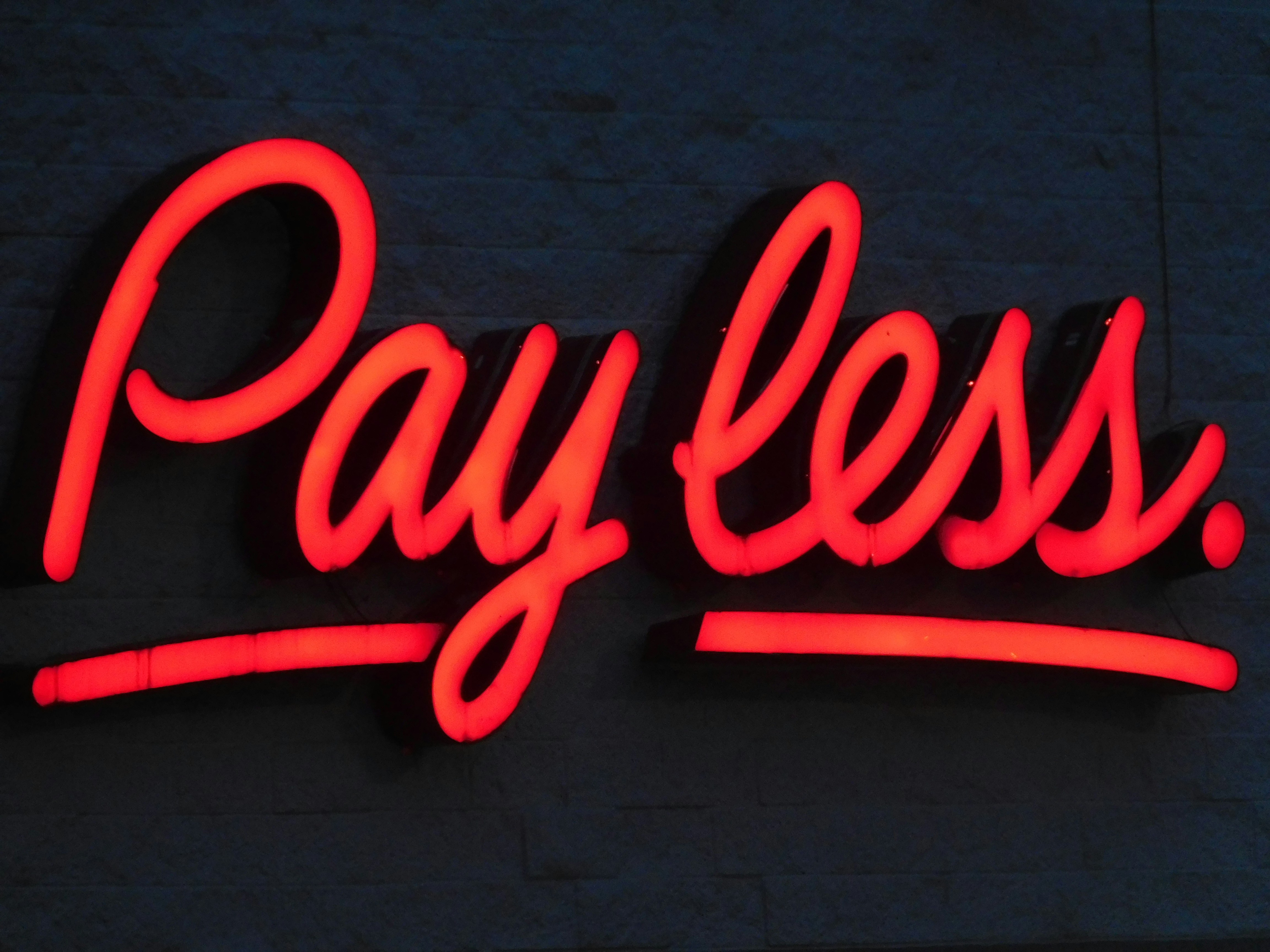Affordable Housing
As of 2022, the National Low-Income Housing Coalition reported that no state in the U.S. has an adequate supply of affordable rental housing for the nation’s lowest-income renters. (In this situation, low income is defined as 30 percent of the area’s median income.) The U.S. faces a shortage of 6.8 million affordable rental homes. Unfortunately, high demand coupled with low supplies has led to increasing prices for all housing. But the customers for affordable housing have been hit the hardest.
Because the affordable housing supply is so limited, it is essential to follow best practices in affordable housing property management. When a rental property develops a bad reputation, it can usually be traced to faulty tenant selection, poor management, and lapses in routine maintenance.
Become Familiar with Federal, State, and Local Requirements
Any company involved in the sale or rental of housing must comply with the federal Fair Housing Act, which prohibits discrimination based on race, color, religion, national origin, sex, family status (having a child under age 18), or physical or mental disability.
There are so many overlapping federal, state, and local rules and regulations that it can be hard to decide whether an application is eligible to rent an affordable apartment. For this reason, you may decide it is a best practice to use property management software. This software can be customized to include all the applicable rules for your location, helping you make fair and legal decisions. ExactEstate, for example, first developed its software for the affordable housing property management market and then expanded to more straightforward markets.
Maintain Tenancy Rates
Keeping affordable housing occupied is rarely a problem. There is often a waiting list. The challenge for affordable housing property management is maintaining the waiting list and a prospect’s housing preferences.
The property manager also needs a standard process for handling the application and tenant screening process. Rather than work with paper documents, you may want to investigate affordable housing property management software. ExactEstate offers a customizable online application that can be filled out from a desktop, laptop, or mobile device. In addition, the system provides built-in access to the TIC (tenant income certification). With one click, information is transferred from the application to the TIC form. Having this vital information in an electronic format makes it easy to store and search.
As part of the application process, you must also perform tenant screening and a background check. This is the simplest way to avoid expensive evictions and property damage that could tarnish the reputation of any affordable housing. To save expense and time, look for property management software that links to online screening services. ExactEstate property management software gives its users one-click access to TenantAlert, which provides a 30-second turnaround. There are no setup fees, no monthly fees, and no minimum orders.
Schedule Efficient Move-outs and Move-Ins
To measure up to affordable housing standards, you also need an efficient and transparent system to easily track move-outs, inspections, repairs to make units move-in ready and conduct the onboarding of new tenants. The best practice here is to ensure the unit is clean, sanitary, and in good repair before a tenant moves in. Roofstock gives the example of Chapter 8 properties, which require a HUD inspection before the property can be leased. To meet this best practice, you may want to investigate the use of property management software that allows you to create a custom workflow, eliminating the need for training and paper checklists. In addition, the software helps to confirm you have made the unit ready for occupancy.
Take Online Payments
A government agency usually subsidizes at least part of the monthly rent in affordable housing. The best practice here is to streamline the collection of a tenant’s rent (if required) and then match it to the government subsidy. Moving payments online streamlines the entire process of collecting monthly rents and matching them to government subsidies.
Establish Open Communication with Tenants
As a property manager, you need to develop an effective communication style with tenants. This goes a long way toward maintaining residents’ satisfaction and pride in their homes. In addition, some affordable housing units provide social services such as transportation, recreation activities, wellness programs, meals-on-wheels, and local senior centers or medical services.
According to Best Practices in Property Management, a property management best practice is to actively recruit services for tenants and develop a process for screening and scheduling providers.
Handle Maintenance Requests Promptly
Prompt and efficient maintenance is a best practice for any rental property, but it is essential for affordable housing property management. Cosmetic changes, such as a tidy lawn, trimmed bushes, and seasonal decorations, all increase resident satisfaction and the reputation of the property. Prompt repairs to cracked sidewalks, broken windows and burned-out lightbulbs are even more critical. Neglected, these minor flaws can make a property look shabby and uncared for. In addition, it can open your company to liability issues. An efficient system to open, manage and close work orders is an important benefit of a maintenance tracking system.
Develop a Robust Tenant Portal
We live in a digital age, and most renters are comfortable online. An emerging best practice is to provide residents with a robust tenant portal that lets them apply for an apartment, read announcements, file maintenance requests, and pay their rent. And because their only computer is often a mobile device, the portal must be easy to read and use from a mobile device.
Create Reports to Help Monitor Property Management Performance
Reports are essential to measuring and understanding financial performance. The rent roll report, for example, shows whether a unit is occupied, the tenant name, the tenant’s payment history, the length of tenancy, and the date the current lease expires. Taken together, this report helps to determine net profit, a critical KPI for property managers, owners, and investors. Reporting is essential to affordable housing because it can show the value affordable housing provides to communities of all sizes.
Want to see ExactEstate in action?
Reach out and send a message to set up a custom demo to discover how ExactEstate can help your business grow.










